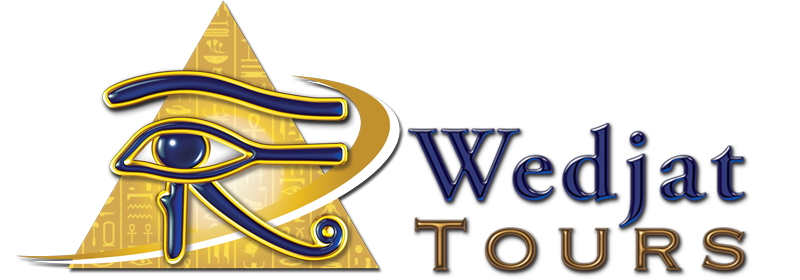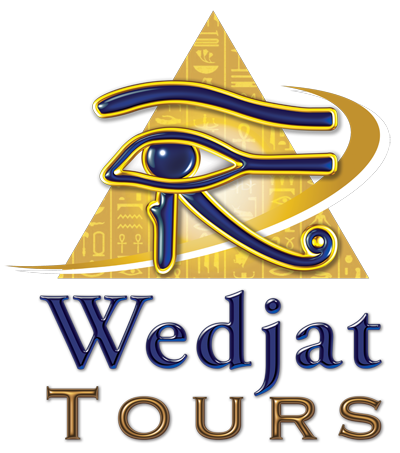This is the maqam/shrine of the Prophet Shoayb (عليه السلام). He is regarded as being the father-in-law of Prophet Musa (عليه السلام) and was sent to the people of Madyan, a community of merchants who controlled the great trade routes between Yemen and Syria, and between Iraq and Egypt on the shores of the Red Sea.
Shoayb (عليه السلام) is mentioned in the Holy Quran 11 times, he is known as Jethro in the Bible. The people of Madyan were originally true followers of Ebrahim (عليه السلام) but gradually over the centuries had become involved in disobedience and sin. In particular they were involved in:
1. Idol worship and polytheist customs
2. Cheating when giving measure but claiming in full or more than entitled
3. Falsehood in all matters and robbing people
Allah (ﷻ) makes mention in the Holy Quran in Surah Al-A’raf: “And to Madyan (We sent) their brother Shoayb. He said, ‘My people, serve God: you have no god other than Him. A clear sign has come to you from your Lord. Give full measure and weight and do not undervalue people’s goods; do not cause corruption in the land after it has been set in order: this is better for you, if you are believers’.
Shoayb (عليه السلام) was very upset on seeing his people practice bad deeds. He advised them to seek forgiveness of Allah. Alas, they desisted and were destroyed by an earthquake.
Shoayb (عليه السلام) was renowned for his eloquence and good speech. According to Ibn Abbas (رضي الله عنه), whenever the Prophet (ﷺ) mentioned him, he said, “he was the orator of the Prophets”.
Shoayb (عليه السلام) was ethnically an Arab. In a hadith narrated by Abu Zarr (رضي الله عنه) it is stated, “Four are from the Arabs. Hud, Salih, Shoayb and your Prophet, O Abu Zarr!”.
The tomb of Shoayb (عليه السلام) is also claimed to be in Hadramawt, Yemen.
The mosque was newly established and rehabilitated. The mosque was opened under the patronage of King Abdullah II Ibn Al-Hussein in the month of Ramadan of 2003, and includes a chapel for men (which can accommodate about 500 worshipers) and another for women (which can accommodate about 200 chapels), the shrine, and a multi-hall Objects, a library, housing for the imam and another for the muezzin, and the iwan, in addition to health courses and ablutions for men and women, with a total area of 2000 m2.
The old building consisted of a shrine room surmounted by a small dome and inside the shrine of the Prophet Shuayb.
The shrine and shrine of the Prophet Shuayb is one of the important archaeological sites and religious shrines for the Muslims of Jordan, because it is believed that the Prophet Shuayb, one of the prophets mentioned in the Qur’an, was buried there.





 And then Add to Home Screen.
And then Add to Home Screen.